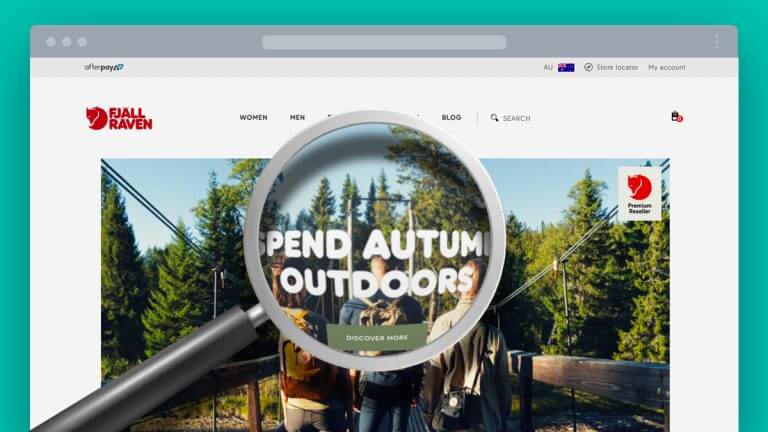The first step to any website build is to identify the goals you want to achieve. These may be selling more of a product that you offer, promoting a service that you provide or even to increase your email subscription sign ups. Creating a successful website that brings in the results you desire will be very hard without knowing or setting these goals.
1. Know your ideal persona
Creating buyer personas are key to a successful website. Your buyer persona is your ideal customer. Planning out these personas will really help you understand your customers and how you can better tailor your design, messaging and content to them. A buyer persona should include:
- Personal background
- Role within their company
- Goals they are trying to achieve
- Challenges they face
- Social channels your persona uses and information sources
- A short identifiable story
Answering these key points will help you start to think about the journey they are going to take on your website as well as the thought process a user will have when they enter your website.
- What can I find here?
- What can I do?
- What is it you want me to do?
If you don’t know who your ideal customer is, how will you sell to them?
2. Mobile first
In October 2016, something interesting happened… Mobile internet usage surpassed desktop usage. This factor alone emphasises the importance of designing every aspect of your website with a mobile first approach. You also may not be aware, Google now uses mobile-friendliness as a ranking signal for the search engine results page.
3. Usability and navigation
Keep it simple!! It’s very easy to want to try something new and innovative without thinking of how this has the possibility to complicate things. Think of the different websites you’ve been to and what the common patterns are across them. It can be helpful to use the following analogy for this process – It’s like walking into a supermarket that you’ve never been in before.
The first thing you do is look at the hanging signs at the end of the aisle to determine what you can find. This should be like the top website navigation menu. Then you walk down that aisle and look at the products and shelving signs to locate the product you’re after. This should be like the category and product filters on your website. Then if all else fails and you can’t find what you’re looking for, you automatically ask the shop assistant where to find the product you’re after. This should be your website search or live chat.
What happens if there is no shop assistant? The customer leaves the shop.
This consumer flow can be applied to any website experience. It’s sometimes best to stick with what people know and allow them to navigate and find your products and services where they expect to find them.
4. Use structured, intent-based content
There are many aspects to consider when writing and planning content for a successful website.
Content structure
Your content should be structured and intent-based. Thinking about your navigation in the above point will help tie your content structure together. Your content strategy should be planned out using a topic cluster model, where you have pillar pages and relevant cluster content pages.
Your main navigation or menu pages will be your pillar pages. Your blog articles or sub pages will be your cluster content pages. Linking these pages to each other will create your topic clusters.
Think about the users intent
When writing content for these pages, think about your personas and what information they will be trying to extract from these pages. This will help you create content based on their intent when they are searching for information.
Build trust with your users by giving them relevant, informative content. Content that will really help them!
Include testimonials
If you have users willing to give you a testimonial about your product or business, be sure to include these on your website. This is another great way to help build trust. Perhaps you’ve worked with one of these people for a long period of time. Ask them to seed that information into their testimonial.
Value propositions
This can be one of the most singly overlooked components of a website. You may feel you just need something that looks great and functions well, but whilst these are important factors, they are nothing without a unique value proposition.
Ask yourself the following questions:
- How many other businesses are doing the same thing as you in your niche?
- What’s your difference?
- What sets you apart?
- Why should I buy from you?
These are all fundamentals to forming your unique value proposition.
5. A successful website is secure!
No website should be built without being secure. With Google moving towards a more secure internet, an SSL certificate is essential. An SSL certificate will ensure any data transmitted between a user’s browser and your website such as credit card details and personal information is encrypted by the secure connection.
Having an SSL certificate installed on your website will have your website using the HTTPS protocol and a green “secure” message in a users browser, helping them identify your website as being safe.
![]()
How a secure website will look in a browser.
Bonus tip!! Split test and experiment
To continuously optimise and improve the performance of your website, experimenting with different versions is essential. Testing out different variations of landing pages, call-to-action buttons, forms and even colours will ensure you website is optimised for conversions.
Following these 5 key principles will have you on your way to setting up an effective and successful website.





